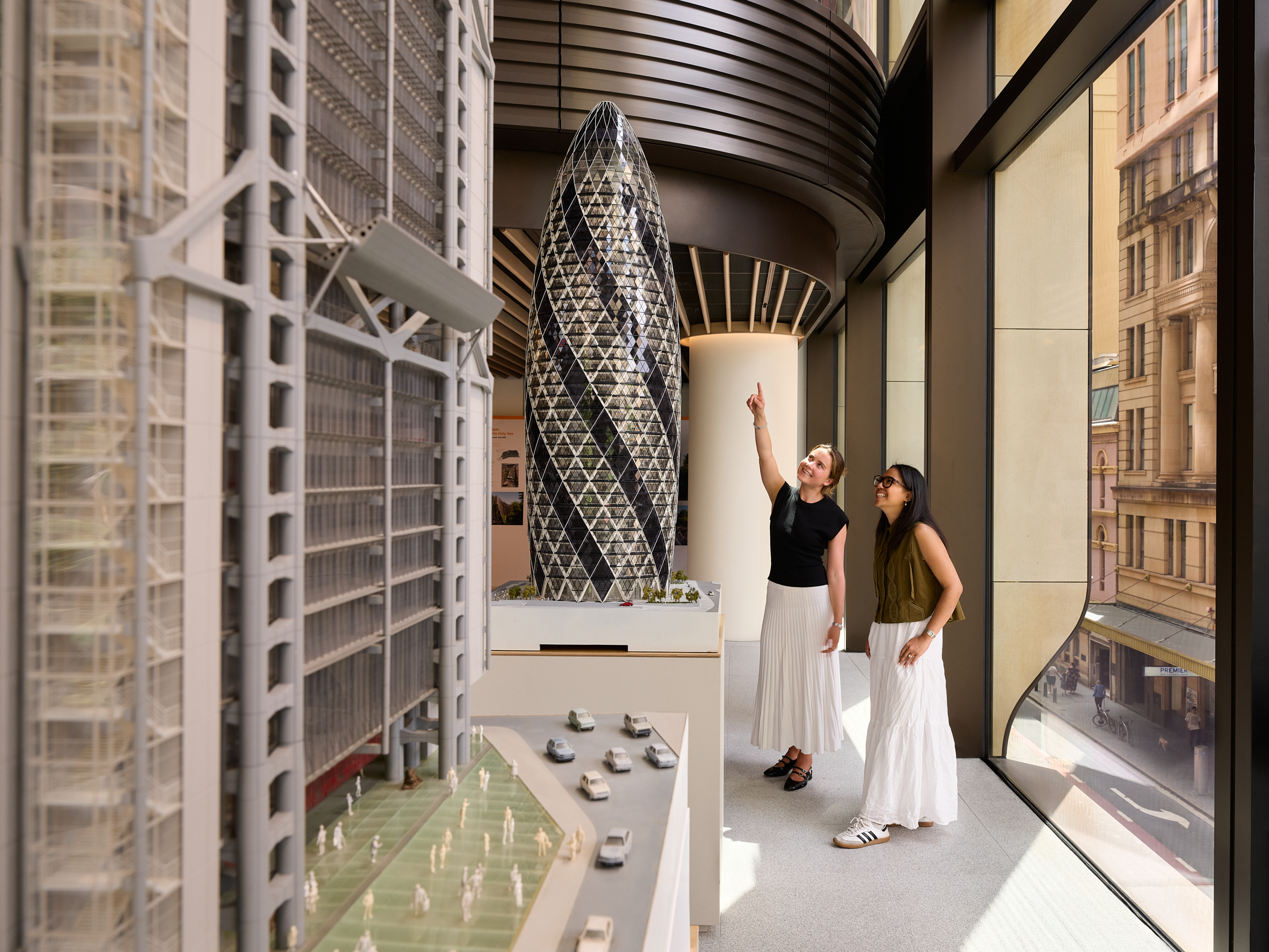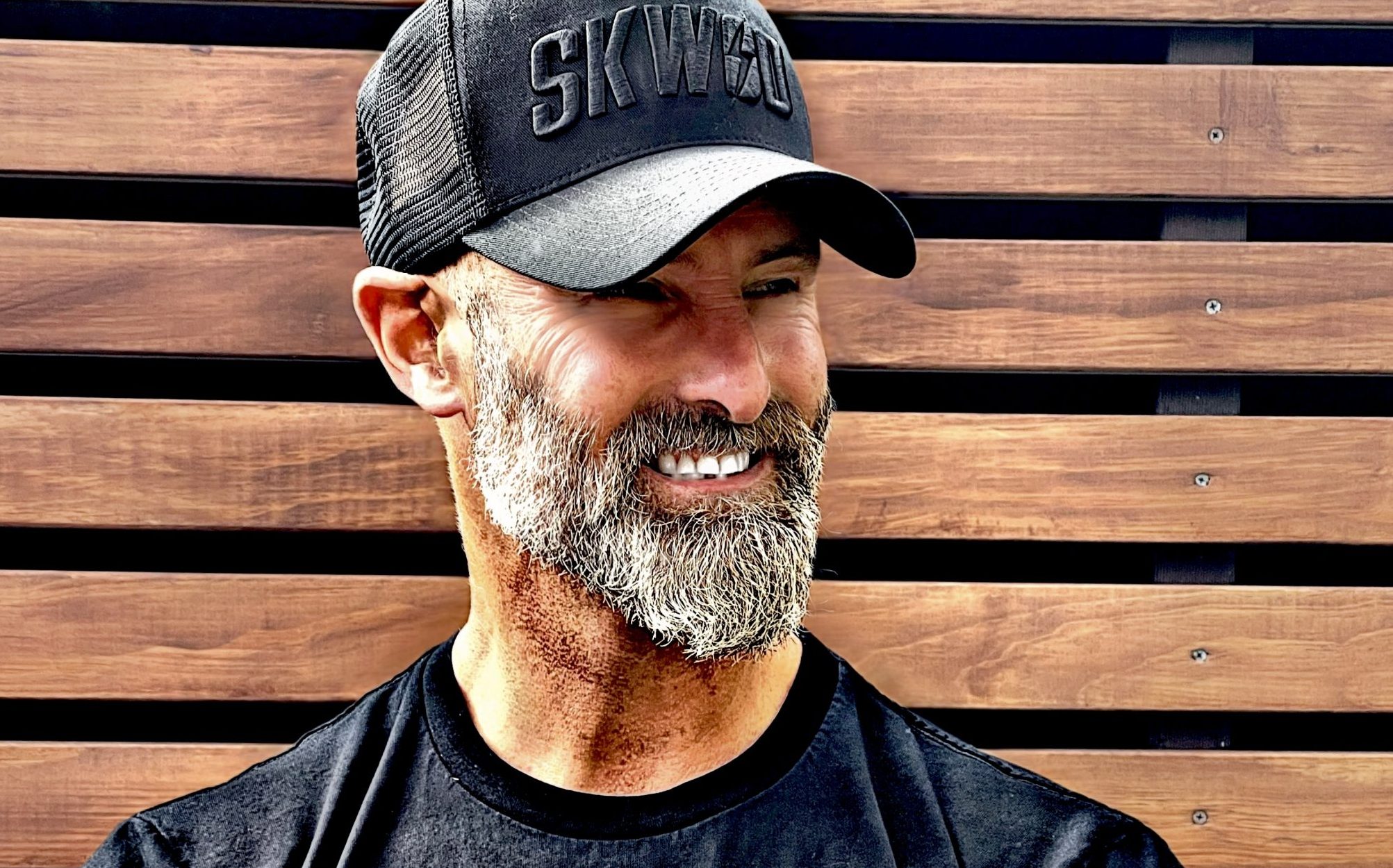Why we’re working anywhere but the office
In a post pandemic environment, Australian workers are voting with their feet and skipping the office in favour of other, more appealing environments
From the latest issue of Kanebridge Quarterly magazine. Order your copy here.
For many, working from home is the new normal. The transition from being based in the office to working off-site has been a fundamental one, and almost four in 10 Australians worked from home at least once a week throughout 2023.
While figures show a slight decrease on 2021, working from home (WFH, it even has its own acronym) has continued to escalate in white-collar occupations, with 60 percent of managers and professionals eschewing the traditional office set-up. And those who aren’t already doing it wish they were. According to the annual Taking the Pulse of the Nation report, almost all workers (94pc) would like to do at least part of their work hours at home.
“I would say that the days of only full-time in the office for all employees are likely gone for good,” says the author of the report, the Melbourne Institute’s Professor Ragan Petrie.
“The trends in Australia mimic those in other countries where hybrid schedules are quite common.”
But is it all good news? Among the many compelling reasons to ditch the commute — saving time, improved mental health, higher productivity and being able to put the washing on — there are the well-documented shortcomings regarding the isolation, and missing out on the opportunities that those casual catch ups in the stairwell can offer.

“Constant drop-bys for chit-chat are not productive, but purposeful conversations are,” counters Petrie. “There might not be shortcomings of working from home per se, but rather not having the right infrastructure and support in place for workers to be productive. It’s important for employers and workers to figure this out.”
For those who are new to the workforce, flexible working arrangements are just the way things are. According to one survey, two out of every three Generation Z workers believe that the option to work from home is a non-negotiable.
Underpinning the normality of remote work are the advancements in automation and technology that make the transition smoother than ever — and perhaps support the use of email and text over the meetings and phone calls that younger generations shy away from.
“People of different ages have differential experience with technology, and there are some ways of communication people may feel more comfortable with than others,” says Petrie. “Certainly, technology plays a large role. Those whose jobs allow them to tap into technology to perform their tasks are well poised to be successful with a hybrid schedule.
“In the end, if worker output is satisfactory, why is it important where it is done?”
At the start of the pandemic as office-goers scrambled for a space to call work, the kitchen table was the go-to location. Now working remotely has become a more permanent arrangement, a purpose-designed study area or hybrid space is as desirable in real estate brochures as a media room or butler’s pantry.
Roger Wardy is a director at Ray White Touma Group in inner city Sydney, where more than 100,000 office employees have left the CBD for the greener pastures of remote work arrangements.
“Most house hunters want to see a home office or office space these days, and in larger homes it’s an expectation,” he says.
“As such, we’d be more likely to market a six-bed home as a five-bed plus office. If a buyer works from home, that will definitely add value.”
But the home office is just the beginning. Having paved the way for more flexible work arrangements, there’s now a growing trend towards co-working environments for companionship, productivity and a delineation of work and home.
High-tech co-working spaces offer several advantages over working from home, making them the preferred choice for many. A professional environment means distractions are minimised, and you’ll have access to state-of-the-art amenities that you probably won’t have at home. And then there are those networking opportunities — co-working spaces attract a diverse group of professionals and who knows what you might find out at the communal coffee bar? It’s something that’s making its way up the agenda for apartment developers, too, with those on the front foot offering co-working spaces along with the pool, gym and rooftop entertaining.
At the luxury new development Paradiso Place in Surfers Paradise (pictured above), the entire 2900sqm 26th floor is dedicated to a state-of-the-art co-working space, maximising 360-degree views of the Gold Coast from the ocean to the hinterland.
“To have the option of working in a space like this with all the facilities of a high-tech office within your own apartment building is an exciting prospect for buyers,” says Total Property Group Managing Director Adrian Parsons. “We have been receiving a great deal of interest in this development from business owners, entrepreneurs and professionals who can see themselves waking up in their luxury apartment with ocean views to go for a walk or run along the beach, use the onsite gym, then conveniently head to work in a state-of-the-art co-working space within their own building.”
The space incorporates a boardroom, private meeting rooms, work pods and multiple hot desks. And it’s not all about focused work; there’s also a spacious balcony event space and a Coffee Emporium complete with baristas.
“With working from home becoming the new normal, we are seeing many Australians choosing to move to quality lifestyle locations like the Gold Coast, and a full-floor co-working space of this standard is attracting a high level of inquiry,” says Parsons.
Records keep falling in 2025 as harbourfront, beachfront and blue-chip estates crowd the top of the market.
A divide has opened in the tech job market between those with artificial-intelligence skills and everyone else.
JPMorgan Chase has a ‘strong bias’ against adding staff, while Walmart is keeping its head count flat. Major employers are in a new, ultra lean era.
It’s the corporate gamble of the moment: Can you run a company, increasing sales and juicing profits, without adding people?
American employers are increasingly making the calculation that they can keep the size of their teams flat—or shrink through layoffs—without harming their businesses.
Part of that thinking is the belief that artificial intelligence will be used to pick up some of the slack and automate more processes. Companies are also hesitant to make any moves in an economy many still describe as uncertain.
JPMorgan Chase’s chief financial officer told investors recently that the bank now has a “very strong bias against having the reflective response” to hire more people for any given need. Aerospace and defense company RTX boasted last week that its sales rose even without adding employees.
Goldman Sachs , meanwhile, sent a memo to staffers this month saying the firm “will constrain head count growth through the end of the year” and reduce roles that could be more efficient with AI. Walmart , the nation’s largest private employer, also said it plans to keep its head count roughly flat over the next three years, even as its sales grow.
“If people are getting more productive, you don’t need to hire more people,” Brian Chesky , Airbnb’s chief executive, said in an interview. “I see a lot of companies pre-emptively holding the line, forecasting and hoping that they can have smaller workforces.”
Airbnb employs around 7,000 people, and Chesky says he doesn’t expect that number to grow much over the next year. With the help of AI, he said he hopes that “the team we already have can get considerably more work done.”
Many companies seem intent on embracing a new, ultralean model of staffing, one where more roles are kept unfilled and hiring is treated as a last resort. At Intuit , every time a job comes open, managers are pushed to justify why they need to backfill it, said Sandeep Aujla , the company’s chief financial officer. The new rigor around hiring helps combat corporate bloat.
“That typical behavior that settles in—and we’re all guilty of it—is, historically, if someone leaves, if Jane Doe leaves, I’ve got to backfill Jane,” Aujla said in an interview. Now, when someone quits, the company asks: “Is there an opportunity for us to rethink how we staff?”
Intuit has chosen not to replace certain roles in its finance, legal and customer-support functions, he said. In its last fiscal year, the company’s revenue rose 16% even as its head count stayed flat, and it is planning only modest hiring in the current year.
The desire to avoid hiring or filling jobs reflects a growing push among executives to see a return on their AI spending. On earnings calls, mentions of ROI and AI investments are increasing, according to an analysis by AlphaSense, reflecting heightened interest from analysts and investors that companies make good on the millions they are pouring into AI.
Many executives hope that software coding assistants and armies of digital agents will keep improving—even if the current results still at times leave something to be desired.
The widespread caution in hiring now is frustrating job seekers and leading many employees within organizations to feel stuck in place, unable to ascend or take on new roles, workers and bosses say.
Inside many large companies, HR chiefs also say it is becoming increasingly difficult to predict just how many employees will be needed as technology takes on more of the work.
Some employers seem to think that fewer employees will actually improve operations.
Meta Platforms this past week said it is cutting 600 jobs in its AI division, a move some leaders hailed as a way to cut down on bureaucracy.
“By reducing the size of our team, fewer conversations will be required to make a decision, and each person will be more load-bearing and have more scope and impact,” Alexandr Wang , Meta’s chief AI officer, wrote in a memo to staff seen by The Wall Street Journal.
Though layoffs haven’t been widespread through the economy, some companies are making cuts. Target on Thursday said it would cut about 1,000 corporate employees, and close another 800 open positions, totaling around 8% of its corporate workforce. Michael Fiddelke , Target’s incoming CEO, said in a memo sent to staff that too “many layers and overlapping work have slowed decisions, making it harder to bring ideas to life.”
A range of other employers, from the electric-truck maker Rivian to cable and broadband provider Charter Communications , have announced their own staff cuts in recent weeks, too.
Operating with fewer people can still pose risks for companies by straining existing staffers or hurting efforts to develop future leaders, executives and economists say. “It’s a bit of a double-edged sword,” said Matthew Martin , senior U.S. economist at Oxford Economics. “You want to keep your head count costs down now—but you also have to have an eye on the future.”
Now complete, Ophora at Tallawong offers luxury finishes, 10-year defect insurance and standout value from $475,000.
From Italy’s $93,000-a-night villas to a $20,000 Bowral château, a new global ranking showcases the priciest Airbnbs available in 2026.




















